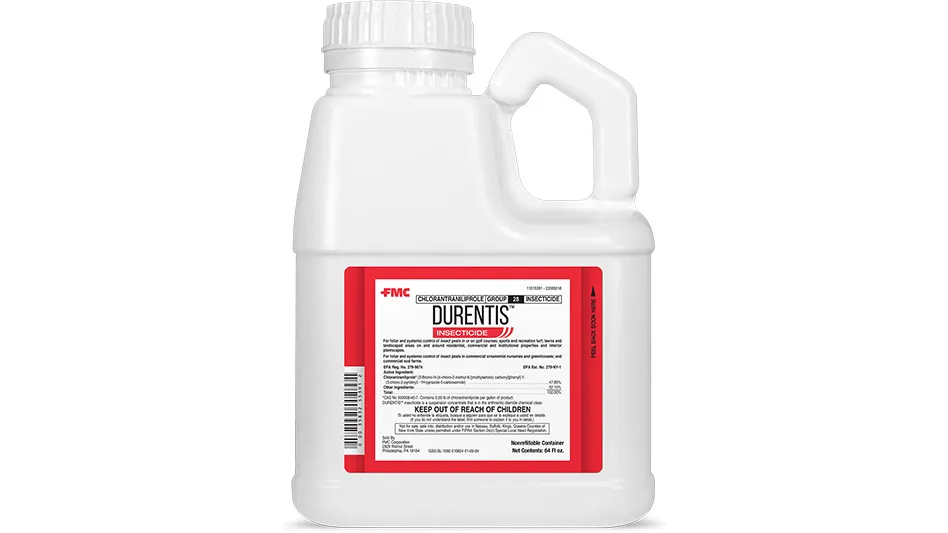
“Here in the Northeast, we had the hottest July on record with high humidity and very uncomfortable air,” says Gerry White, owner/president of pH Lawn Care on the North Shore of Massachusetts. “Disease becomes an issue with these kinds of conditions, and we’ve seen a lot of dollar spot and brown patch this year.”
Not all lawns require fungicide every year. But for clients whose lawns have chronic issues with disease, White includes two to three fungicide applications in the annual program. “We prefer to prevent it in the first place,” White says. “But with this year’s concerns, we sold more fungicide than ever due to the number of homeowner calls and techs diagnosing issues in the field throughout the season.”
For warm season grasses, fall fungicide applications are helpful, particularly for centipede and zoysia. “We’re moving into that time of year when the grass is not growing aggressively,” says Clint Waltz, PhD, extension turfgrass specialist at the University of Georgia’s Turfgrass Research & Education Center. “If it’s dry, things are fine. But if it’s moist and warm and the growth is slowing, the conditions are prime for diseases such as large patch. Then the grass is sick moving into dormant season and doesn’t recover well.”
While cool season species often grow out of disease this time of year, warm season typically don’t. “Affected turf will be slow coming out of it next spring,” Waltz says. “Those areas won’t green up as soon as the rest of the lawn next year.” Typically, what’s recommended is one to two applications of fungicide from mid to late-September to October. Using a 30-day residual fungicide will get you through to mid-November.
Latest from Lawn & Landscape
- Landscape Workshop acquires Cut Above Enterprises
- Scythe debuts new generation of M.52
- New identities
- Ruppert promotes Anderson to director of talent acquisition
- Man in the mirror
- EverSmith Brands appoints Ken Hutcheson as its new CEO
- Manitou unveils new Woodcracker tree saw with grapple
- LandCare promotes Burnett to chief people officer





